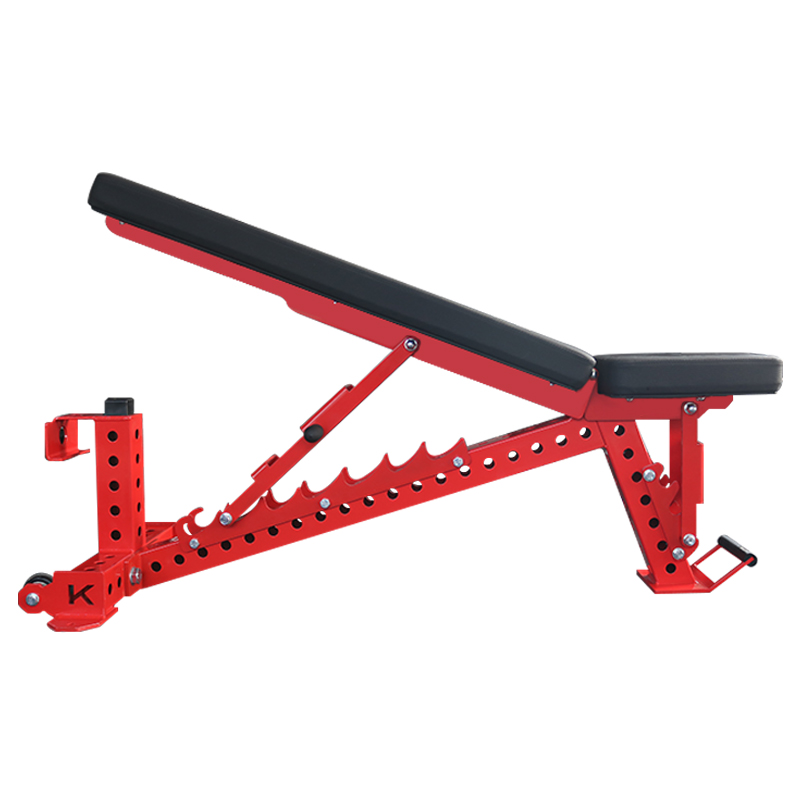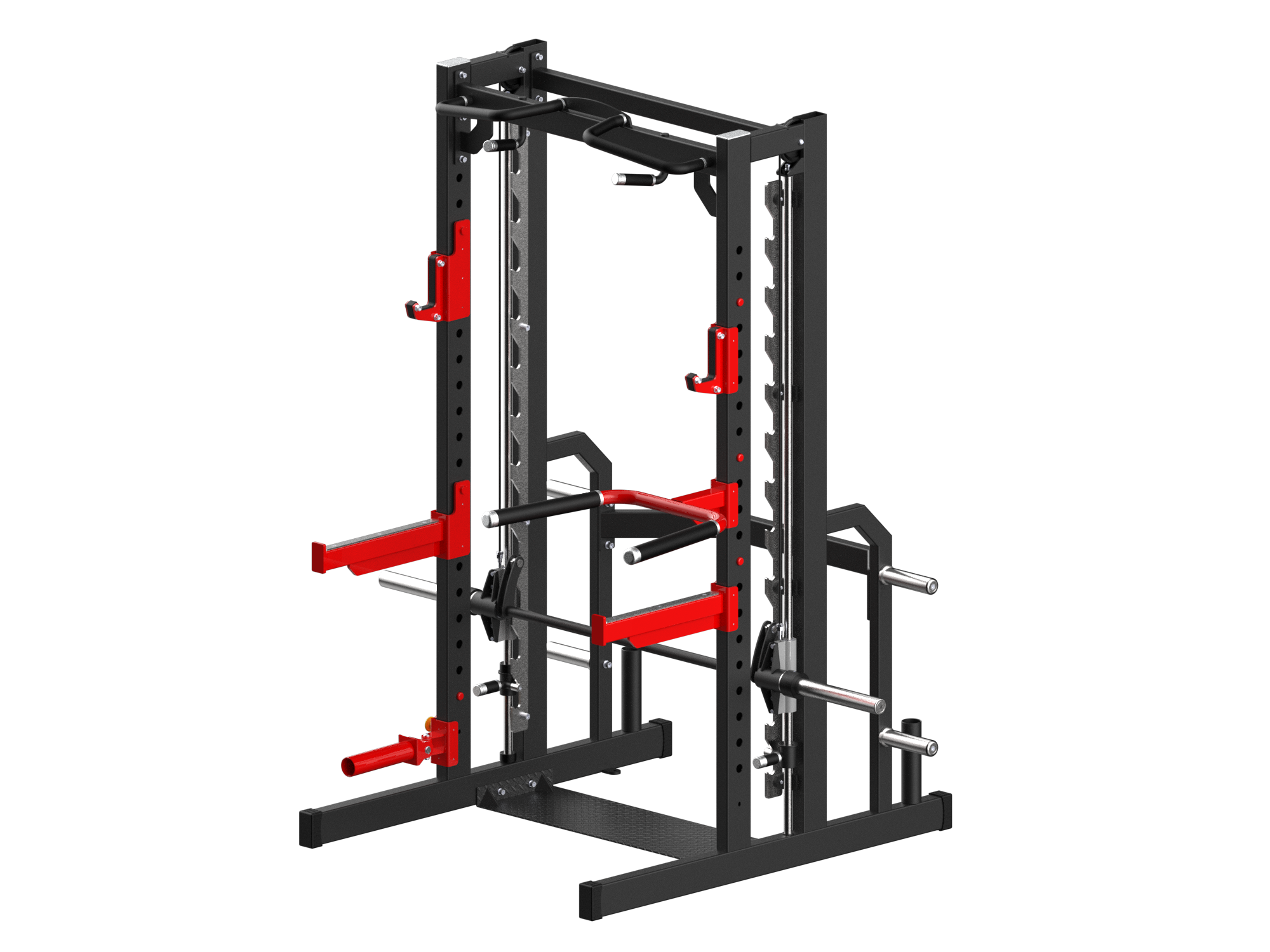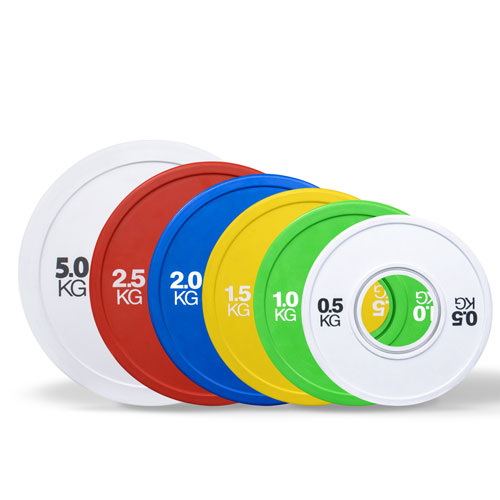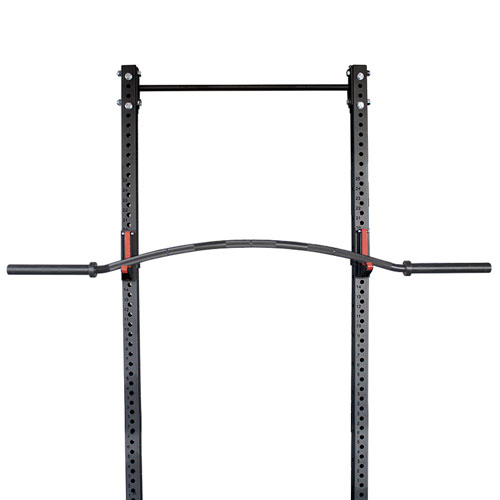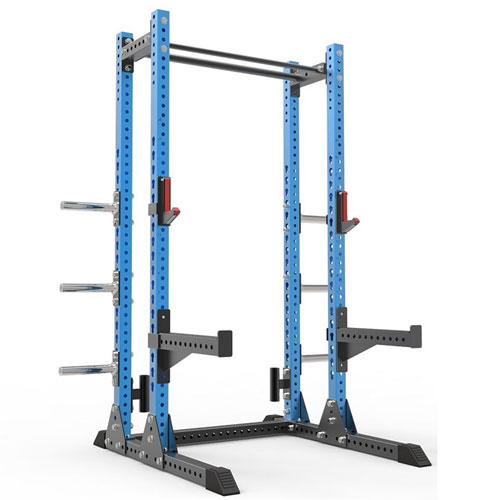5 vaj za izboljšanje drže in zmanjšanje bolečin
Ljudje smo ustvarjeni za gibanje. Namenjeni smo, da stojimo pokonci. Hoditi moramo z dvignjeno glavo.
Toda nekje na tej evolucijski poti je nekdo pred nas na mizo postavil računalnik in nam v roke dal telefon. In začeli smo ure in ure preživljati sključeni. Naše brade, ki so bile nekoč precej oddaljene od grla, so se začele nagibati navznoter. Naša ramena so se skrčila, naša hoja se je premešala.
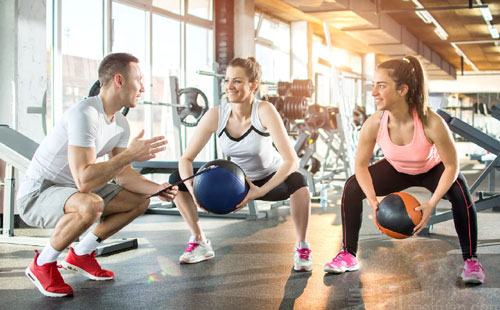
Ko se glava, ki tehta približno 10 kilogramov, nagne naprej, se pritisk na hrbtenico poveča do 60 kilogramov. Nič čudnega, da mnogi med nami izgubljajo mišično maso, imajo slabo držo in povečano tveganje za poškodbe. Fiziologi to stanje imenujejo sindrom prekrižanega zgornjega in spodnjega dela hrbtenice.
Orangetheory Fitness razredi, seveda, lahko pomaga izravnati te, kot tudi veliko drugih sodobnih neprijetnosti. Ključno je, da spodbudo iz teh 60 minut prenesete v preostanek svojega življenja.
To pomeni, da je gibanje prednostna naloga čez dan, tako kot načrtovanje zdravih obrokov in preživljanje časa z bližnjimi. Tako se boste bolje počutili in imeli več energije za vsakodnevna opravila.
Aaron Santiso, fizioterapevt in član zdravniškega svetovalnega odbora pri Orangetheoryju, ponuja te raztezne vaje, ki nam pomagajo ohraniti moč, usklajenost in pokončnost skozi ves dan. Nekatera raztezanja, ki jih priporoča, so tako preprosta, da si morda mislite: "Kako lahko to pomaga?" Zaupajte znanosti. Pomaga.
The name: Upper trapezius stretch
The target: The muscles in your upper back that help you raise your arms.
The reason: When you lift your arms, one shoulder may seem higher than the other. “Your body may be compensating during this movement pattern due to a muscular imbalance and weakness inside your shoulder,” Aaron says.
The method: Sit tall on a chair, grasping the edge of the seat with your right hand. Slowly bend your neck toward your left shoulder, using your left hand to direct your head. Be sure to keep your right shoulder pressed down. Stop when you feel a comfortable pull on the right side of your neck. Hold for 20 seconds; return to starting position and repeat on the left side. Aim for five stretches on each side, whenever you feel the need.
The name: Levator scapulae stretch
The target: If you know even pidgin Latin, you can translate this as raising the scapula — the shoulder blade, the bone that connects the upper arm and the collarbone.
The reason: Like the previous exercise, this helps keep your neck from taking over movements designed for your shoulders.
The method: Again, sit tall in a chair, holding onto the right side of the seat with your right hand. With your left hand on top of your head, tilt your chin toward your left armpit. Keep your posture straight, stopping when you feel a comfortable pull in the back of your neck. Repeat on the left side, holding each stretch for 20 seconds, for a total of five times on each side.
The name: Open-clam exercise
The target: This especially helps alleviate Upper Crossed Syndrome, which is discomfort in the neck, shoulders, chest, mid-back, elbows and wrists. It starts when we hunch over our computers and follows us into the gym, causing poor form and leading to more discomfort.
The reason: Who wants rounded shoulders, a collapsed chest, and a chin that juts out? Do this exercise two or three times a week to bring your center of gravity in line with your body.
The method: Lie on your side, knees bent at 90 degrees. Rest your head on one arm; with the other, hold your hip to keep from rolling your body. Lift your top knee an inch into the air, lower, and repeat. This targets the gluteus muscle, which helps stabilize knees, lower back and pelvis. Aim for four sets of 25 to 35 reps on each side, three or four times a week.
The name: Sideline external rotation
The target: Your shoulders and neck, so you can stand and sit tall without slouching.
The reason: Who wants bad posture? (We’re not seeing any hands being raised here!)
The method: Lie on the floor on your right side, supporting your head with your right hand or with a couple of pillows. With your left elbow at a 90-degree angle, hold a weight no heavier than five pounds in your right hand (any heavier and it could negatively affect your rotator cuff).
Počasi dvignite činko do višine nad komolcem in ohranite kot 90 stopinj, pri čemer naj bo činka vzporedna s tlemi. To naredite 15- do 25-krat; ponovite na drugi strani. To počnite tri- do štirikrat na teden.
The name: Hip flexor stretch
The target: The muscles basically responsible for lifting your legs and knees toward your body.
The reason: This counteracts the stiffness that develops when we sit too much, which the average American does for 13 hours a day. Sitting shortens these muscles and can bring about lower back pain, so stretching them is imperative.
The method: Start in a kneeling lunge position, right knee bent at a 90-degree angle over the ankle, left knee on the ground, weight evenly distributed to both legs. Draw in your navel. With hands on your hips, slowly move your body forward till you start to feel a stretch in your left leg.
Za globlje raztezanje dvignite roko na strani, ki jo raztezate, in zasukajte telo na to stran. Vztrajajte 30 sekund; ponovite na drugi strani. To je ena serija; naredite še štiri, pri čemer stisnite zadnjično mišico na vsaki strani, ki se razteza. Poskusite, da to postane vsakodnevna navada.
Tukaj je še nekaj nasvetov za gibanje (poleg vadbe Orangetheory, seveda), tudi če delate za pisalno mizo in večino dneva presedite. So vam bili v pomoč? Delite jih z drugimi; navsezadnje smo vsi skupaj v gibanju.
1. Uporabite stranišče v drugem nadstropju.
2. Medtem ko čakate, da se kava segreje, delajte počepe ali tricepse.
3. Vsakih 30 minut vstanite. Nato se usedite. Nato se do polovice dvignite, zadržite 10 sekund in se nato do konca dvignite. Nato se usedite nazaj. Ne pozabite, da se vsak trenutek sešteva.
4. Ko sedite, dvignite obe nogi s tal. Zadržite 10 sekund, 15 ali 30 sekund. Ponavljajte ves dan.
5. Čim pogosteje pojdite ven. Že nekaj minut na svežem zraku lahko zniža krvni tlak in naredi čudeže za vaše razpoloženje.
6. Na pisalni mizi imejte žogo. Vsake toliko časa jo položite med gležnje. Izravnajte noge, nekaj sekund vztrajajte in jih nato pokrčite.
7. Hidrat. Nikoli ne ostanite brez steklenice z vodo. Napolnite jo na drugem nadstropju in naredite dva koraka naenkrat.

